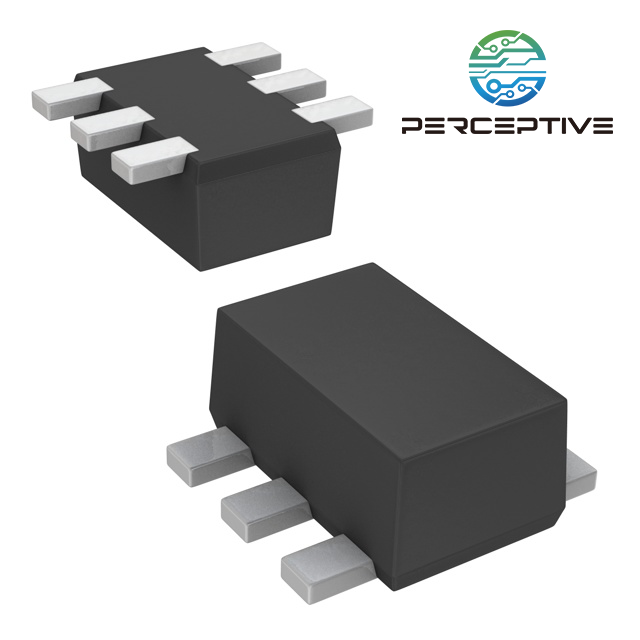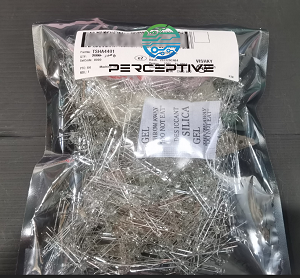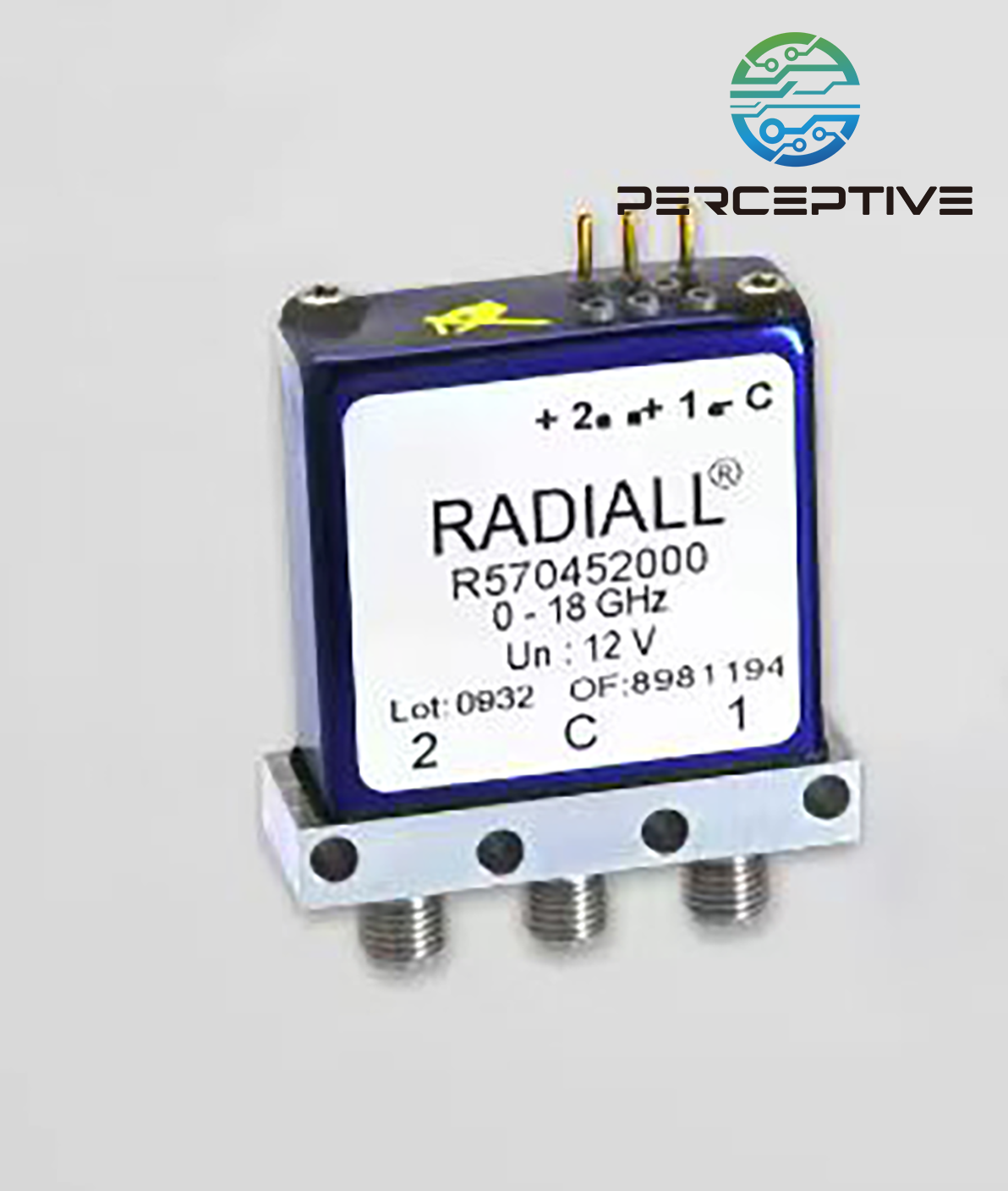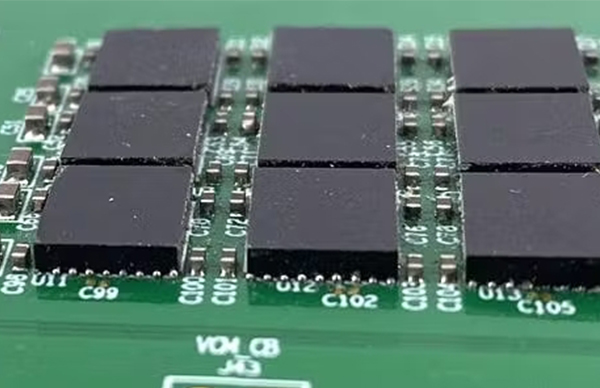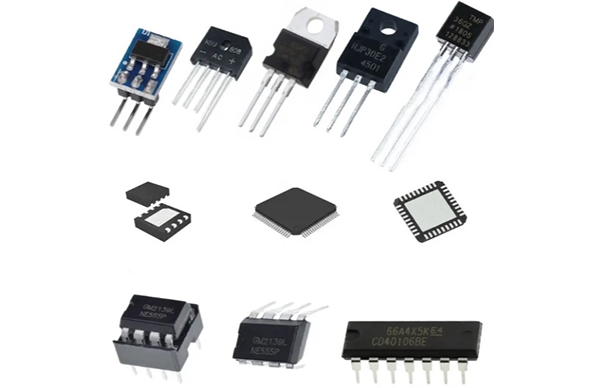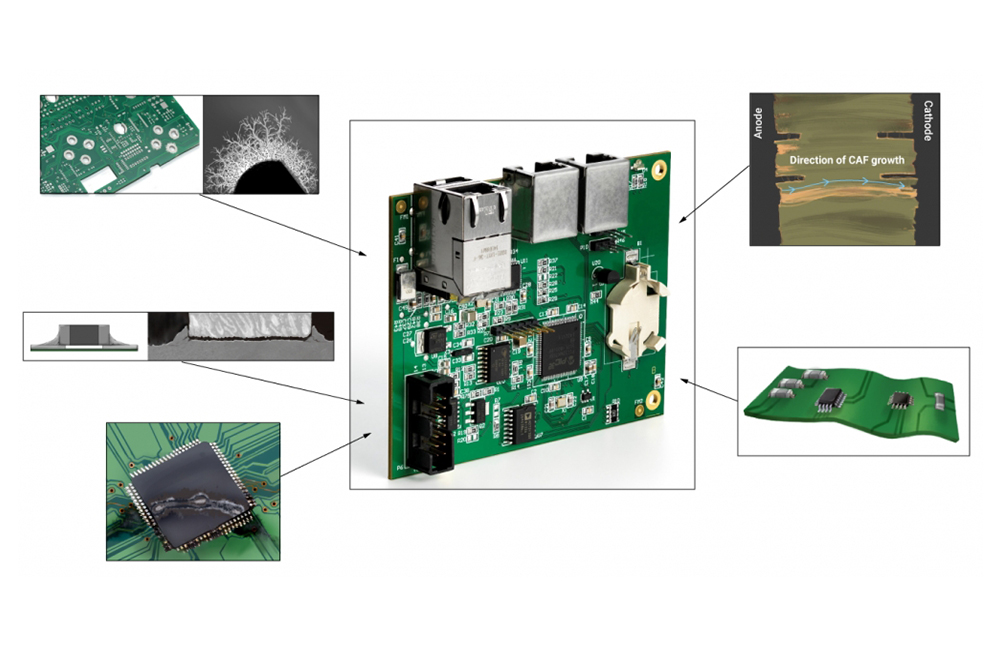What would happen if someone connected a 24V supply to your 12V circuit?
If the power and ground wires are inadvertently reversed, will the circuit still be safe?
Does your application operate in a harsh environment where the input supply transients to very high voltages or even below ground potential?
Even if the probability of occurrence of the above events is very low, any one of them will completely damage the circuit board.
To isolate negative supply voltages, it is common practice to place a power diode or P-channel MOSFET in series with the supply. However--
● Diodes take up valuable board space and dissipate a lot of power at high load currents;
● Although the power dissipation of P-channel MOSFET is lower than that of series diode, the cost of MOSFET and the required driving circuit will increase.
Both solutions sacrifice low power supply operation, especially the series diode. Also, neither approach provides protection against excess voltage—which requires more circuitry, including a high-voltage window comparator and charge pump.
Undervoltage, Overvoltage, and Power Reverse Protection
The LTC4365 is a unique solution that compactly and robustly protects sensitive circuits from unexpectedly high or negative supply voltages. The LTC4365 can isolate positive voltages up to 60V and negative voltages as low as –40V. Only voltages within the safe operating power range are delivered to the load. The only external active components required are a dual N-channel MOSFET connected between the unpredictable power supply and the sensitive load.
Figure 1 shows a complete application circuit. A resistive divider sets the overvoltage (OV) and undervoltage (UV) trip points for connecting/disconnecting the load from VIN. If the input supply drifts outside of this voltage window, the LTC4365 will quickly disconnect the load from the supply.

Figure 1: Complete 12V automotive undervoltage, overvoltage and reverse supply protection circuit
Dual N-channel MOSFETs isolate positive and negative voltages at VIN. During standard operation, the LTC4365 provides a boosted 8.4V to the gate of the external MOSFET. The effective operating range of the LTC4365 is from as low as 2.5V to as high as 34V - the OV and UV windows can fall within this range. For most applications, there is no need for a protective clamp on VIN, further simplifying board design.
Accurate and fast overvoltage and undervoltage protection
Two accurate (±1.5%) comparators in the LTC4365 monitor V for overvoltage (OV) and undervoltage (UV) conditions. The gate of the external MOSFET is quickly turned off if the input voltage rises above the OV threshold or falls below the UV threshold, respectively. An external resistive divider allows the user to select an input supply range compatible with the load on VOUT. In addition, the UV and OV inputs have very low leakage current (typically <1nA at 100°C), allowing large current values to be supplied in the external resistive divider.
Figure 2 shows the response of VIN in the circuit of Figure 1 to a slow ramp from –30V to 30V. The UV and OV thresholds are programmed at 3.5V and 18V, respectively. When the supply voltage is within the 3.5V to 18V window, VOUT follows VIN. When this window is exceeded, the LTC4365 turns off the N-channel MOSFET and disconnects VOUT from VIN, even when VIN is negative.

Figure 2: Load protection as VIN rises from –30V to 30V
Novel power reverse protection
The LTC4365 employs a novel negative supply protection circuit. When the LTC4365 detects a negative voltage at VIN, it quickly connects the GATE pin to VIN. There is no diode drop between the GATE and VIN voltages. When the gate of the external N-channel MOSFET is at the most negative potential ( VIN ), leakage current from VOUT to negative voltages on VIN is minimal.
Figure 3 shows what happens when VIN is plugged live to –20V. VIN, VOUT, and GATE start at ground potential immediately before connection. The voltage on the VIN and GATE pins will drop significantly below –20V due to the parasitic inductance of the VIN and GATE connection lines. The external MOSFET must have a breakdown voltage specification that can safely withstand this overshoot.

Figure 3: Hot-swap protection from VIN to –20V
Obviously, the speed at which the LTC4365 reverse protection circuit operates depends on how closely the GATE pin follows VIN during negative voltage transients. On the scale shown, the waveforms of the two are almost indistinguishable. Note that no other external circuitry is required to provide reverse protection.
And much more! AC Isolated, Reverse VIN Hot Swap™ Control with VOUT Powered
After an OV or UV fault (or when VIN goes negative), the input supply must return to the valid operating voltage window for at least 36ms to turn the external MOSFET back on. This will effectively isolate the 50Hz and 60Hz unrectified AC mains.
Additionally, the LTC4365 provides protection against negative VIN connections even when VOUT is driven by a separate supply. As long as the breakdown voltage of the external MOSFET (60V) is not exceeded, a polarity reversal on VIN will have no effect on the 20V supply on VOUT.
In conclusion
By using back-to-back MOSFETs (and no diodes), the LTC4365 controller provides overvoltage, undervoltage and reverse supply protection for sensitive circuits. The supply voltage is only passed to the output when it passes user-adjustable UV and OV trip thresholds. Any voltage outside this window is isolated and protected from as high as 60V aonly 10µA during shutdown.





